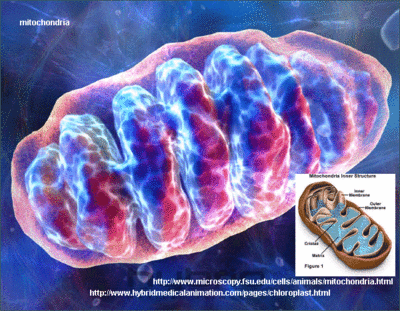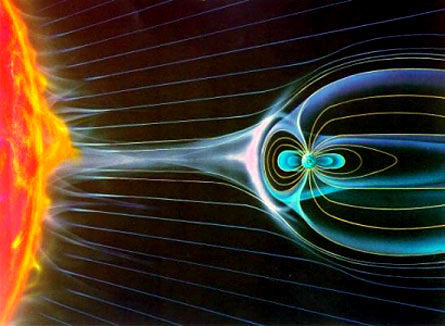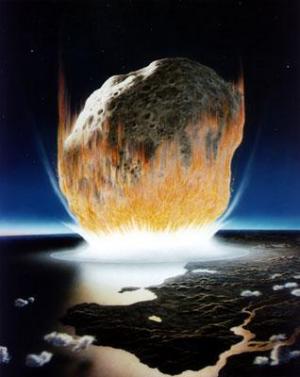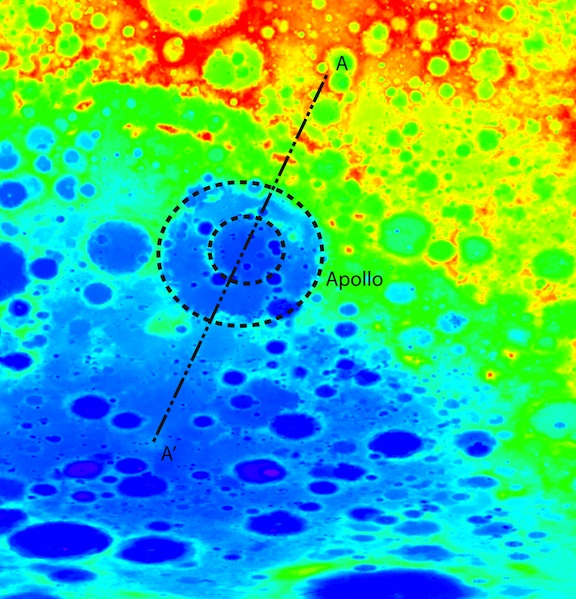
© NASA/DOE/Fermi LAT CollaborationThe source of most of the fog of gamma-ray light beyond the Milky Way is unknown
The universe's most powerful particle accelerators are responsible for just a fraction of the fog of gamma-ray light beyond the Milky Way, a new study suggests. The source of the rest remains a mystery, but dark matter could be a contributor.
The gamma-ray sky is dominated by the glow of our Milky Way as well as other known galaxies and individual neutron stars. But the universe is also aglow with a diffuse haze of gamma-ray light, produced by sources that may be too distant, dim, or diffuse to resolve individually.
By convention, astrophysicists have long assumed that most - if not all - of this gamma-ray fog gets its start inside galaxies whose supermassive black holes are spewing jets of charged particles into space as they feed on surrounding matter.
But a new analysis of data collected by NASA's Fermi telescope suggests these so-called active galactic nuclei (AGN) account for no more than 30 per cent of the universe's gamma-ray glow.
"Most of it - 70 per cent of the background - is unexplained at the moment," says study leader Marco Ajello of the Kavli Institute for Particle Astrophysics and Cosmology in Stanford, California. Ajello spoke with reporters on Tuesday at a meeting of the High Energy Astrophysics Division of the American Astronomical Society in Waikoloa, Hawaii.




